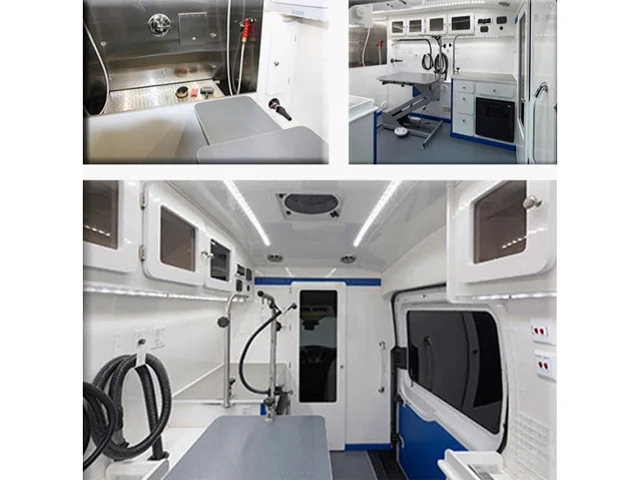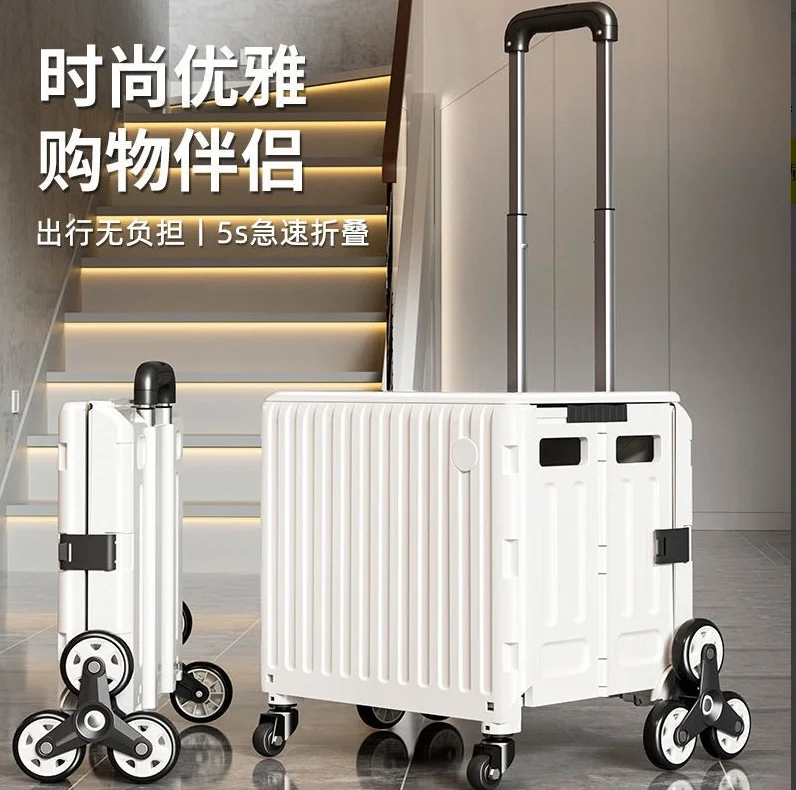When it comes to towing vehicles, many car owners find themselves in a dilemma about the best methods and equipment to use. A tow dolly can be a convenient solution for transporting a vehicle, especially for those who are moving or taking a road trip. However, not all cars are suitable for towing with a tow dolly. In this article, we will explore the types of vehicles that should not be towed with a tow dolly, the reasons behind these restrictions, and alternative towing methods that may be more appropriate.
Understanding Tow Dollies
A tow dolly is a two-wheeled trailer designed to carry the front wheels of a vehicle while the rear wheels remain on the ground. This setup is particularly useful for front-wheel-drive vehicles, as it allows for easier towing without putting excessive strain on the drivetrain. However, certain vehicles are not compatible with this method of towing due to various mechanical and safety concerns.
Vehicles to Avoid Towing with a Tow Dolly
- All-Wheel Drive (AWD) and Four-Wheel Drive (4WD) Vehicles
- Why Not? Towing an AWD or 4WD vehicle with a tow dolly can lead to significant drivetrain damage. These vehicles are designed to distribute power to all four wheels, and towing them with only two wheels on the dolly can cause the transmission and differential to overheat or fail.
- Alternatives: For AWD and 4WD vehicles, consider using a flatbed trailer or a tow truck that can lift the entire vehicle off the ground.
- Rear-Wheel Drive (RWD) Vehicles
- Why Not? While some RWD vehicles can be towed with a tow dolly, it is generally not recommended unless the vehicle is specifically designed for it. Towing a RWD vehicle with the rear wheels on the ground can cause damage to the transmission and other components.
- Alternatives: If you must tow a RWD vehicle, a flatbed trailer is the safest option to prevent any potential damage.
- Vehicles with Low Ground Clearance
- Why Not? Cars with low ground clearance may scrape against the tow dolly, especially when going over bumps or uneven terrain. This can lead to damage to the vehicle's undercarriage.
- Alternatives: For low-clearance vehicles, a flatbed trailer is advisable to ensure safe transport without risking damage.
- Classic or Vintage Cars
- Why Not? Classic and vintage cars often have unique mechanical systems that may not withstand the stresses of being towed on a dolly. Additionally, these vehicles may have low ground clearance and delicate components that could be damaged during towing.
- Alternatives: Always opt for a flatbed trailer to ensure the safety and integrity of classic cars.
- Electric Vehicles (EVs)
- Why Not? Many electric vehicles have specific towing requirements that may not be compatible with a tow dolly. Towing an EV with the rear wheels on the ground can lead to battery and drivetrain issues.
- Alternatives: Use a flatbed trailer or consult the vehicle manufacturer for recommended towing methods.
Key Considerations When Towing
- Consult the Owner’s Manual: Always refer to the vehicle's owner’s manual for specific towing recommendations and restrictions. Manufacturers often provide guidelines on whether a vehicle can be safely towed and the best methods to do so.
- Check Local Regulations: Different regions may have specific laws regarding towing, including weight limits and equipment requirements. Ensure compliance with local regulations to avoid fines and legal issues.
- Use Proper Equipment: If you decide to tow a vehicle, ensure that you have the right equipment, including safety chains, lights, and a properly rated tow dolly or trailer. This will help ensure a safe towing experience.
Conclusion
While tow dollies can be a practical solution for transporting certain vehicles, it is crucial to understand the limitations and restrictions associated with them. By avoiding the towing of AWD, 4WD, RWD, low-clearance, classic, and electric vehicles with a tow dolly, you can prevent costly damage and ensure a safer towing experience. Always consider alternative towing methods, such as flatbed trailers, for vehicles that are not compatible with tow dollies. By following these guidelines, you can make informed decisions and protect your vehicle during transport.




